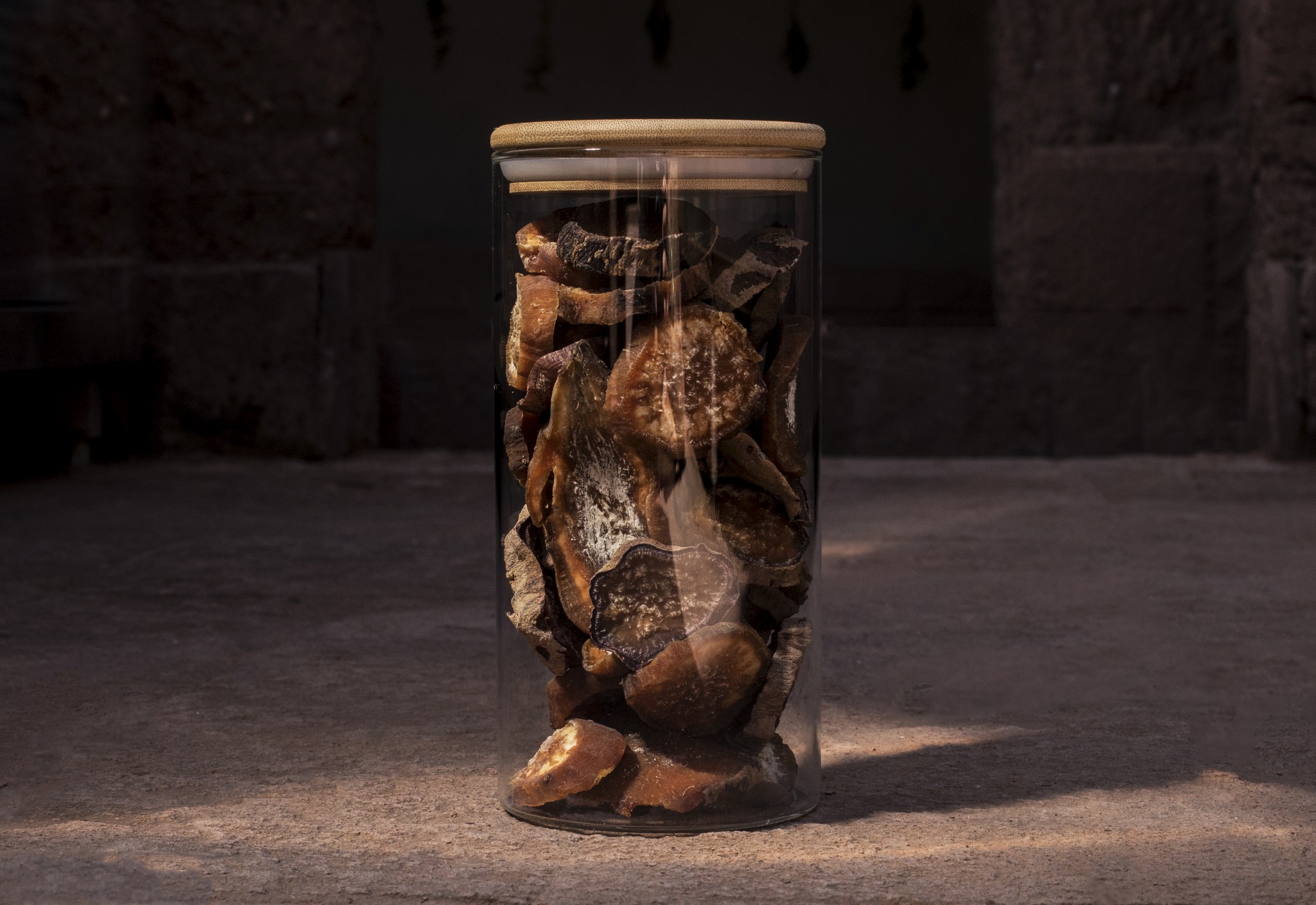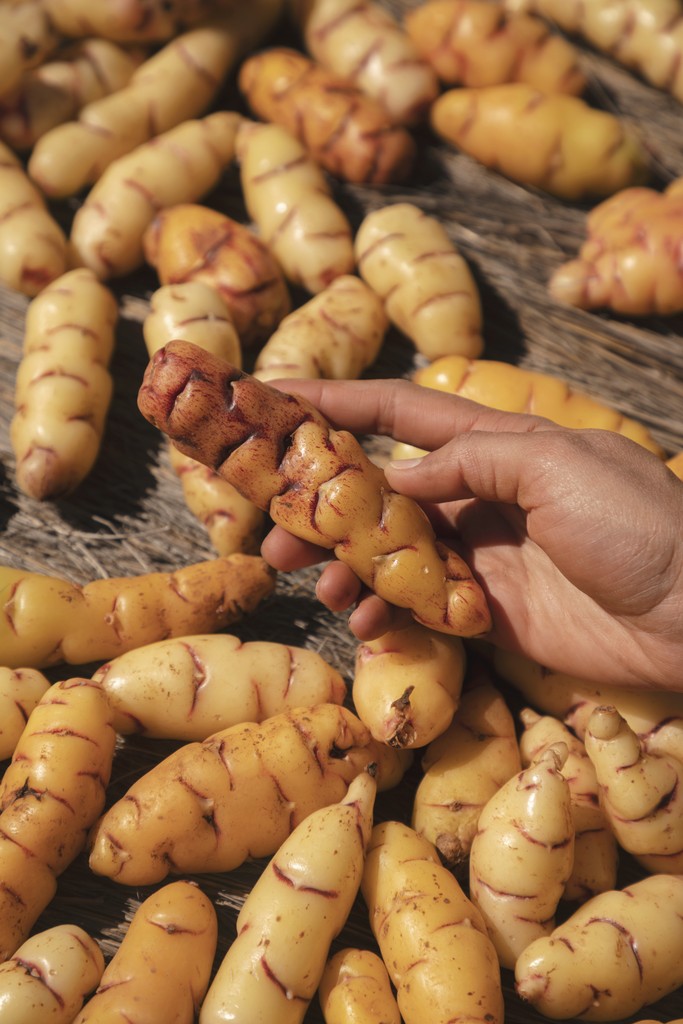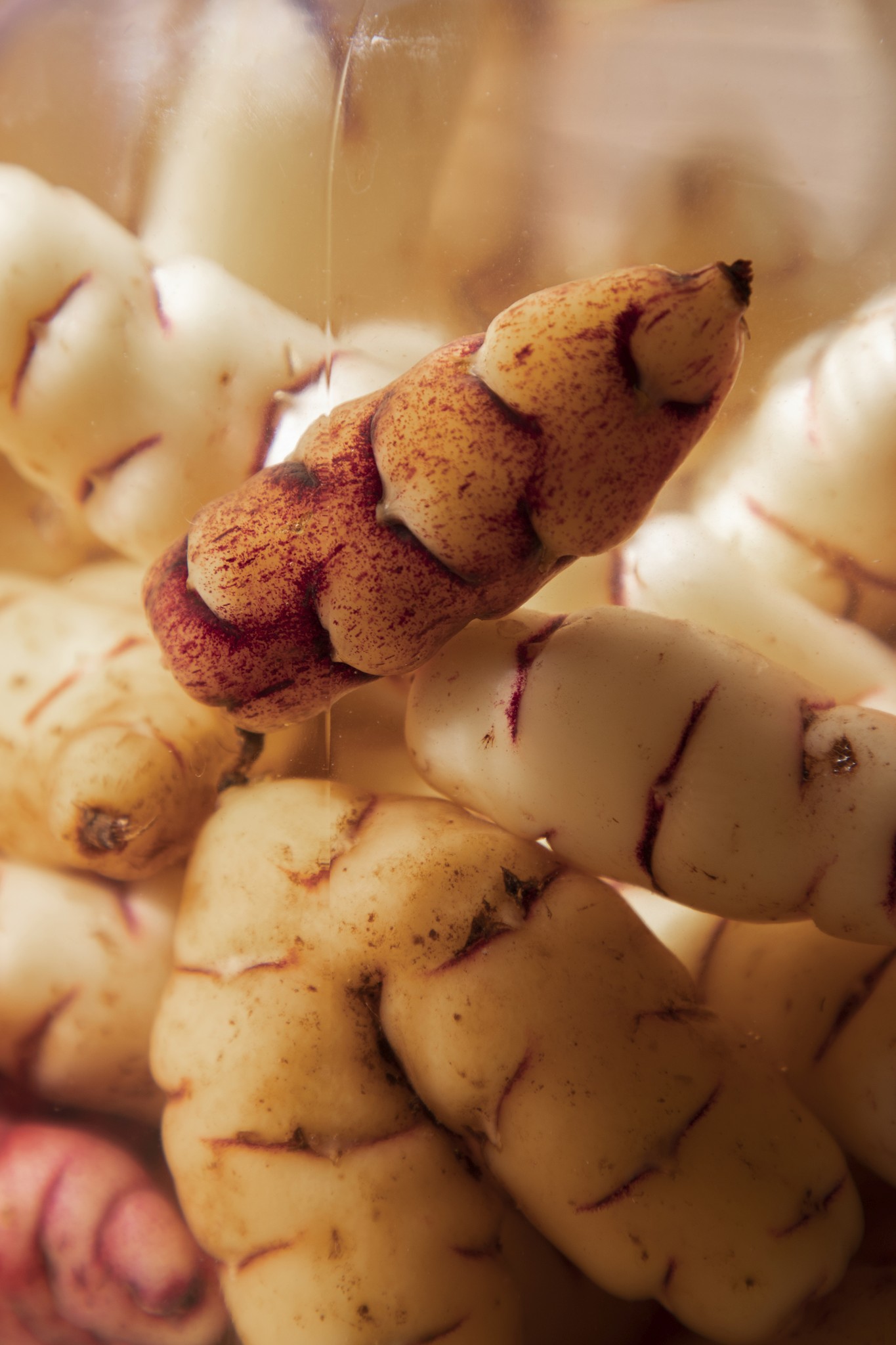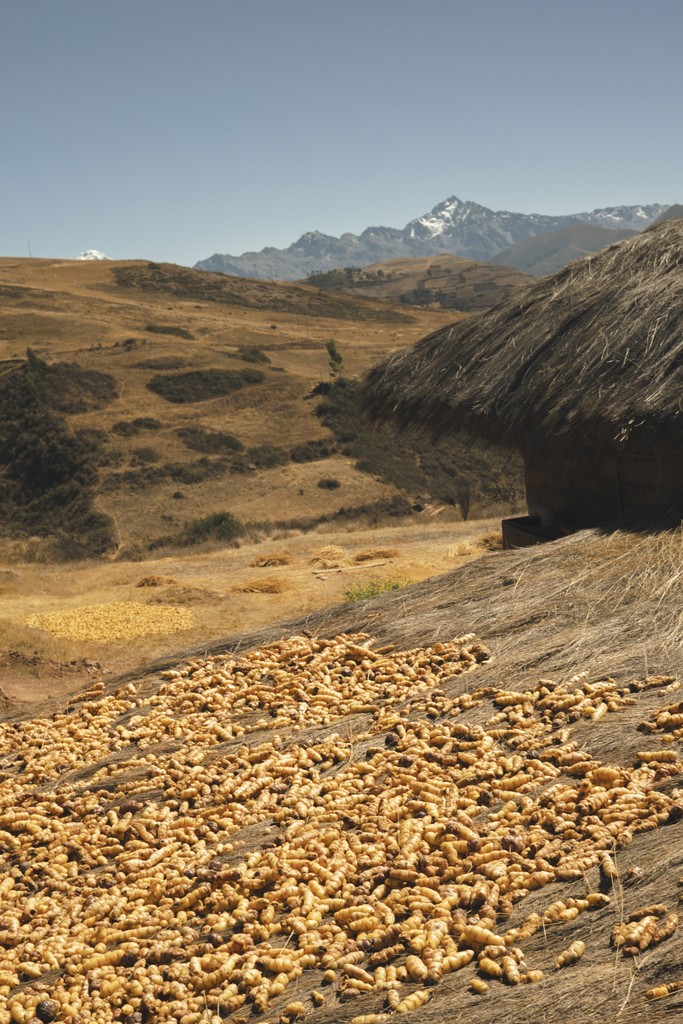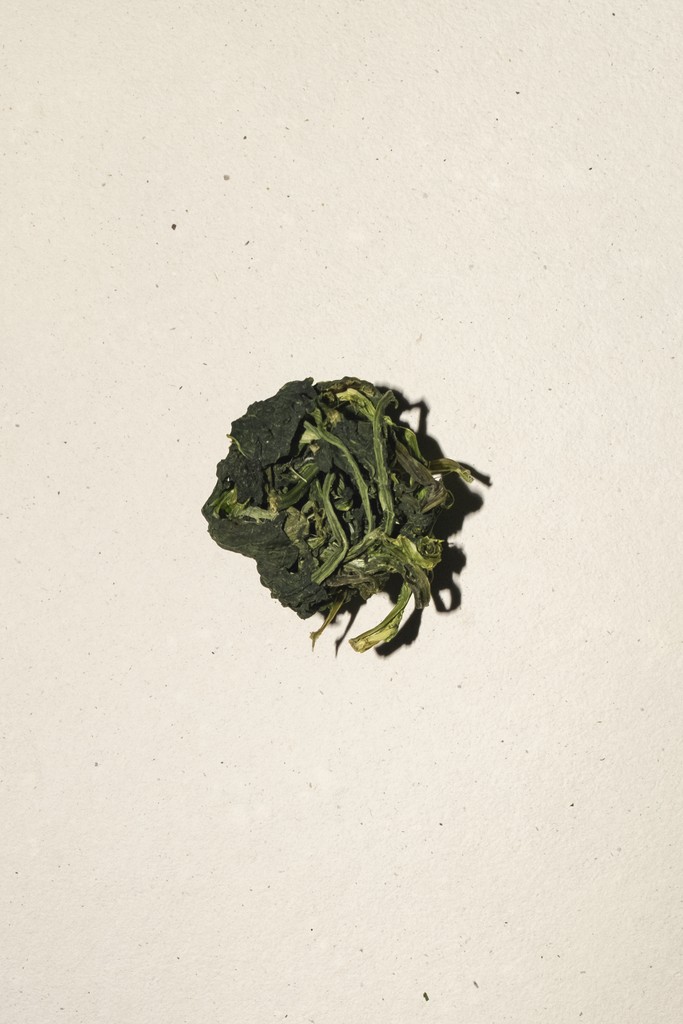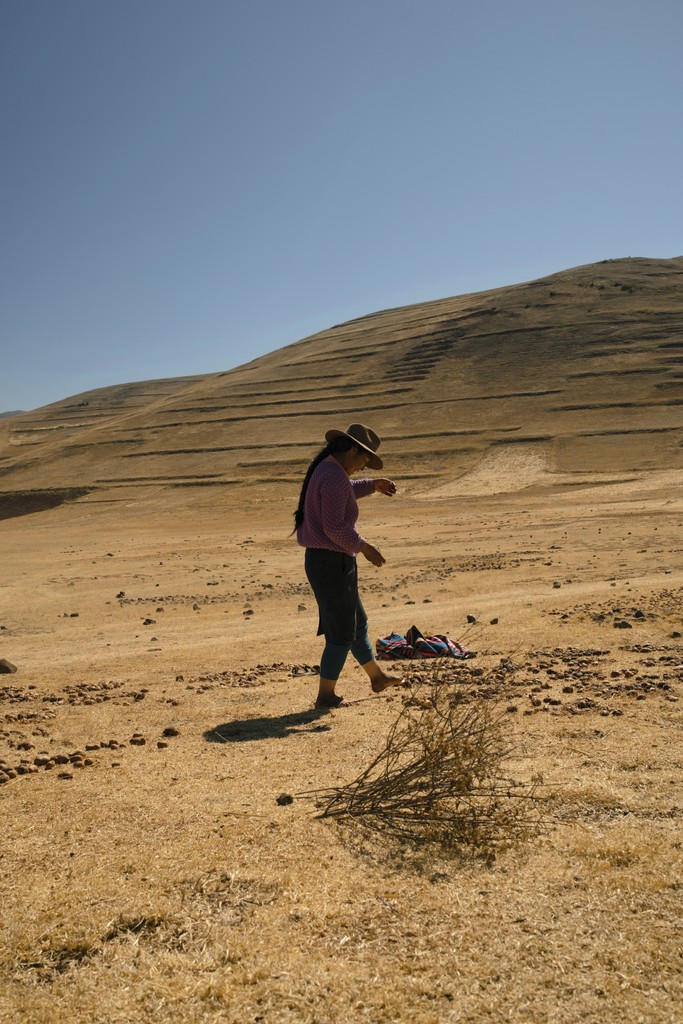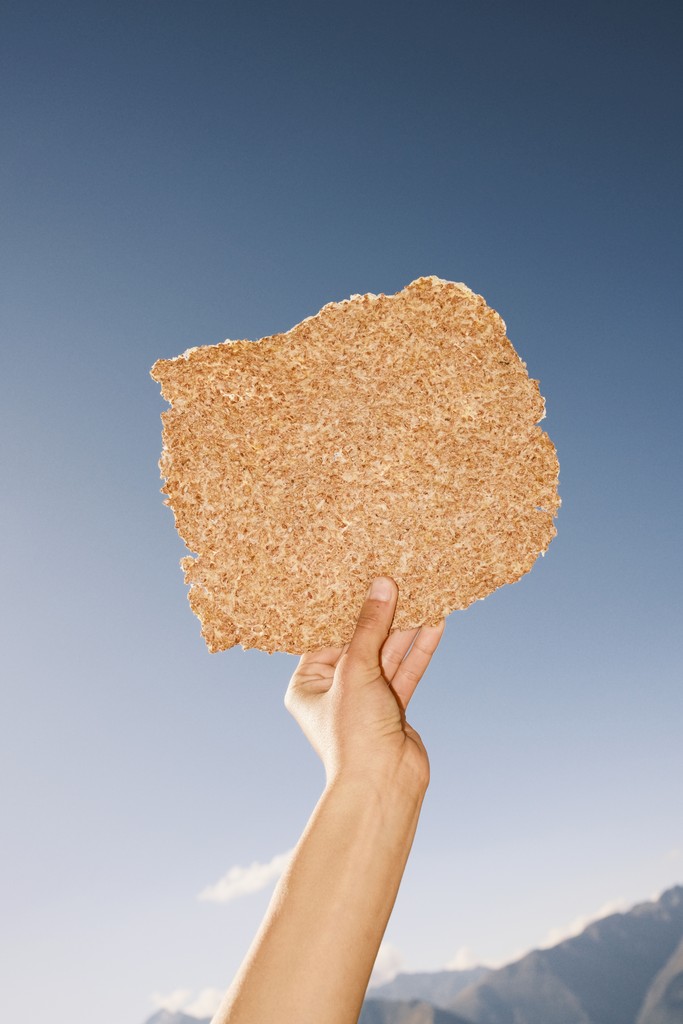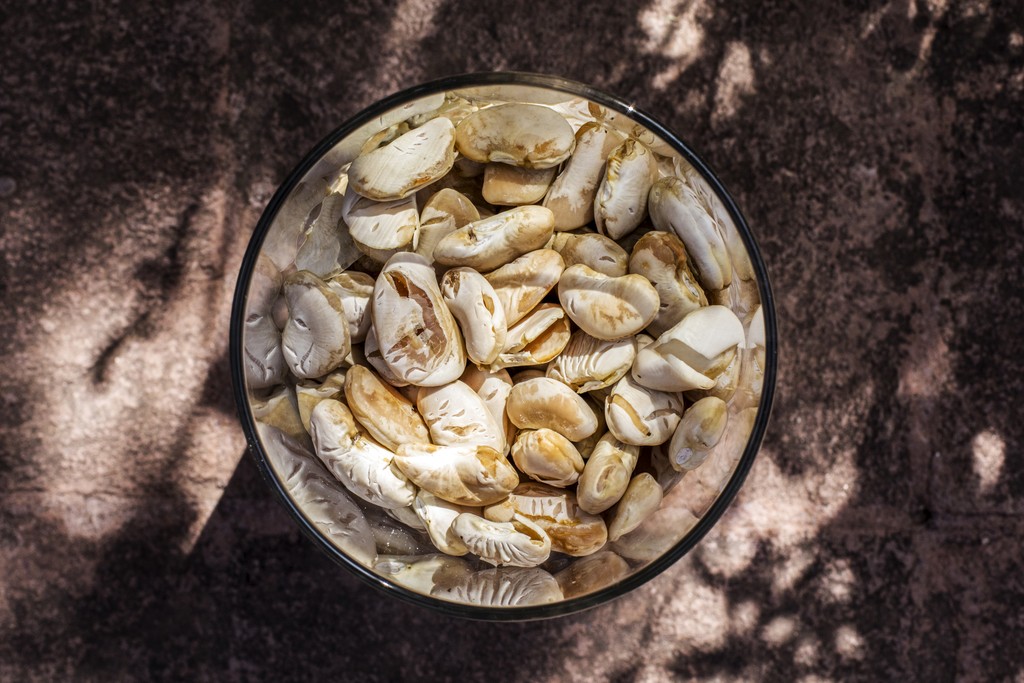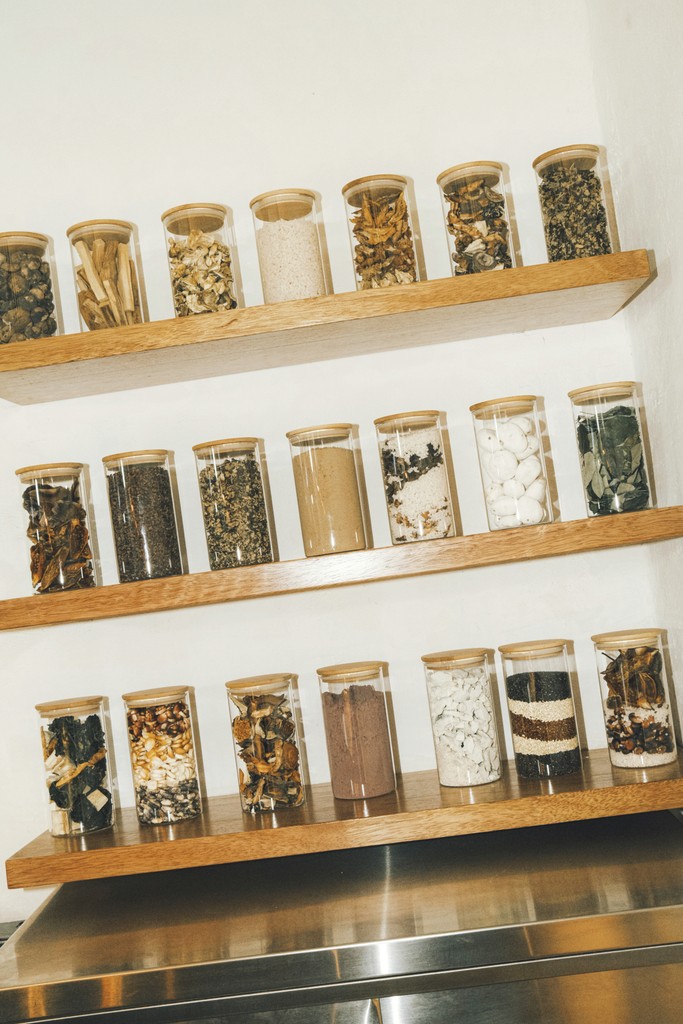We seek to understand and revitalize ancestral food processing techniques, using resources such as wind, extreme temperatures, solar radiation, and water, to ensure the survival of the harvest in adverse weather conditions.

Ancestral Strategy
Preservation serves extremely important functions: it minimizes waste by giving a second life to the product, reduces its weight, and facilitates its transport. In everyday life, preserved products are used as a form of barter and, in difficult times, they ensure the food security of the community.
Naming the preserved
Foods that have been classified, swept, crushed, cooked, frozen, fermented, exposed to the sun, soaked, sprouted, and dehydrated acquire new names in the process. For example, when a potato is transformed for preservation, it stops being a potato and becomes chuño. This transformation not only reflects Andean culture but also the close relationship between the natural world and humanity, revealing deep and necessary stories that connect us to our heritage.
In total, we have identified 17 traditional techniques, such as chuño, moraya, cahui, charki, cocopa, and kirku, and more than 30 products, which include tubers, roots, Andean grains, cereals, and fruits, most of which are native to the Andes, although we also incorporated some from the Amazon and the coast.
